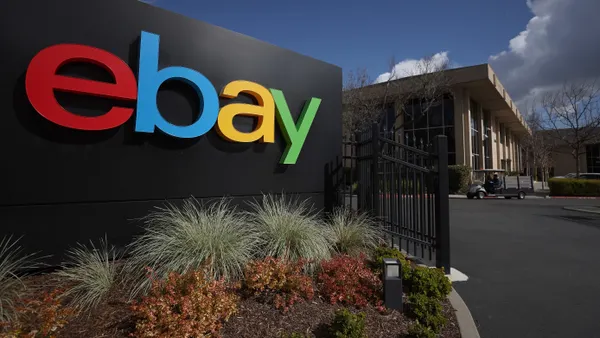It’s no secret that e-commerce is booming globally. In 2021, the industry hit about $4.9 trillion USD in worldwide sales as a result of the pandemic, and they’re predicted to reach $7.4 trillion USD by 2025. However, like with any blessing, this growth comes with major challenges. As inflation makes our market more volatile by the day, brands risk not reading the map accurately at every single point.
For example, Bloomberg shared a recent survey showing that the largest retail brands today are suffering from increased inventory – in fact, 26% more inventory than in the previous year, costing $44.8 billion USD. Therefore, brands must find ways to not only support these market fluctuations, but also remain on top of them and anticipate them to ensure they keep winning.
Taking the time to truly understand your customers and the global market – and tailoring your operations based on their sentiments and current trends – is becoming essential for companies to provide relevant, memorable and successful experiences, as well as address specific consumer-based needs.
Unfortunately, today’s fluctuating e-commerce market means there are more nuances to consider than simply following the pricing strategies of your competitors. To gather this information, e-commerce brands have to invest in time-consuming and expensive market research, which often provides limited insights that do not accurately reflect the market picture.
The answers to these challenges can be found in public web data: an accessible reservoir of reliable knowledge for e-commerce brands to utilize when optimizing customer experiences while addressing other growing challenges.
The backbone of every e-commerce operation
As the online marketplace expands, buyers and sellers both rely on public web data to make the toughest decisions. Buyers use web data to compare similar products and their market demand, determine the best prices and sales and browse reviews. Meanwhile, sellers harness it to benchmark their offerings against competitors and to compare prices. But they can also use public web data beyond comparisons to discover new real-time consumer demand, stay aware of potential supply chain disruptions, monitor customer sentiment, discover new marketing opportunities and even brainstorm new innovations.
Public web data strengthens the essential connection between buyer and seller. It helps e-commerce brands understand customer demands that affect the actual shopping experience in real time, as well as anticipate future market needs and developments. Certain kinds of public web data are particularly useful for achieving these goals, including:
-
Product data: Pricing, seller/brand information, supplier details, product reviews
-
Seller data: History, current offerings, brand sentiment, social media presence
-
Store data: Inventory-related data, competitors, sales history, customer sentiments, marketing campaigns
-
Customer data: Location of purchase, prices, top deals and promotions, popular products
A brief history of web data in e-commerce
Before the rise of public web data, brands relied on mystery shoppers to visit stores and compile competitive insights manually. Now, companies can receive full visibility into their competitors and their own operations with the click of a button.
Publicly available web data provides e-commerce companies with the situational awareness they need to scale at the pace of today’s growth and support their expanding global customer base while saving themselves from the unsustainable burden of executing traditional market research.
Long-standing public web data strategies have also changed (and improved) the shopping experience for consumers. Particularly during the pandemic, we saw a clear shift in commerce – consumers are now significantly more price-savvy and focused on ultra-convenience.
Through increased visibility, e-commerce platforms can ebb and flow with the rapid changes in consumer demand and shopping habits globally. By receiving this complete picture of the marketplace, companies are learning how to drive further sales from increased demand and keep consumers coming back to their website.
Leading the e-commerce industry with Bright Data
The value of public web data in e-commerce is endless. Companies can revolutionize their entire pricing and research and development strategies through increased real-time insights and intelligence, as well as optimize their inventory with real-time product discovery and matching. And with the current e-commerce boom, brands can monitor consumer sentiment on a global scale and respond to local demands.
Bright Data is the world’s #1 platform for e-commerce and retail website data. The top 7 out of 10 global e-commerce brands rely on our solutions to retrieve crucial public web data in an efficient, reliable and flexible way. This allows them to monitor, analyze and make better operational decisions. We determine which categories and brands are trending in each country, identify shifts in consumer preferences, monitor the marketing efforts of top sellers and much more so e-commerce brands can compete globally. And by turning to Bright Data for these insights, brands save valuable time and resources – enabling them to focus on building experiences, products and services that meet and surpass their customers’ needs.
For more information on how Bright Data can help your brand meet and scale new consumer demand, please visit https://brightdata.com/use-cases/ecommerce.










